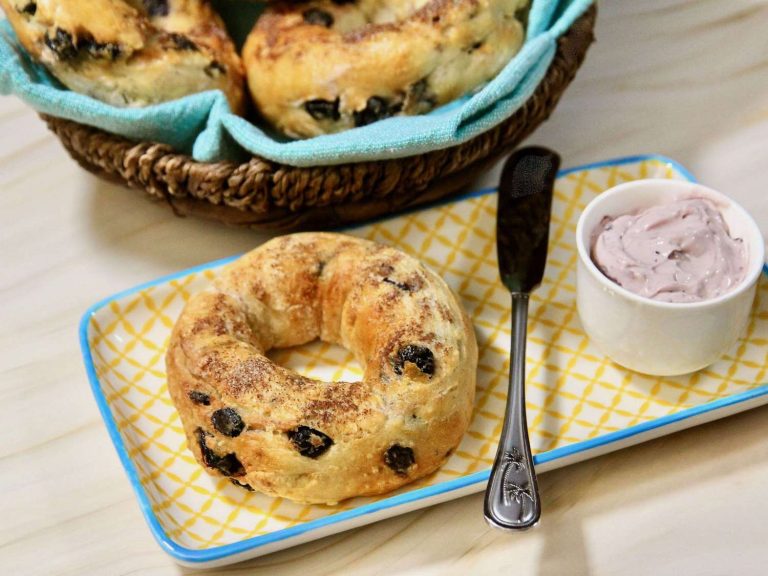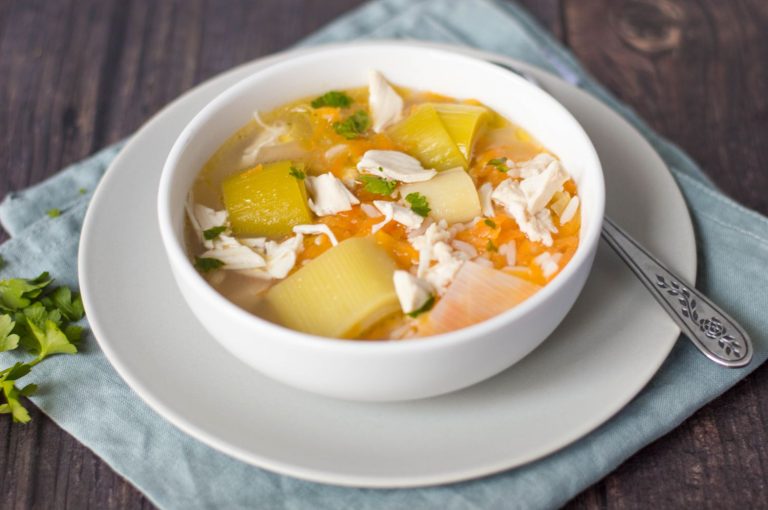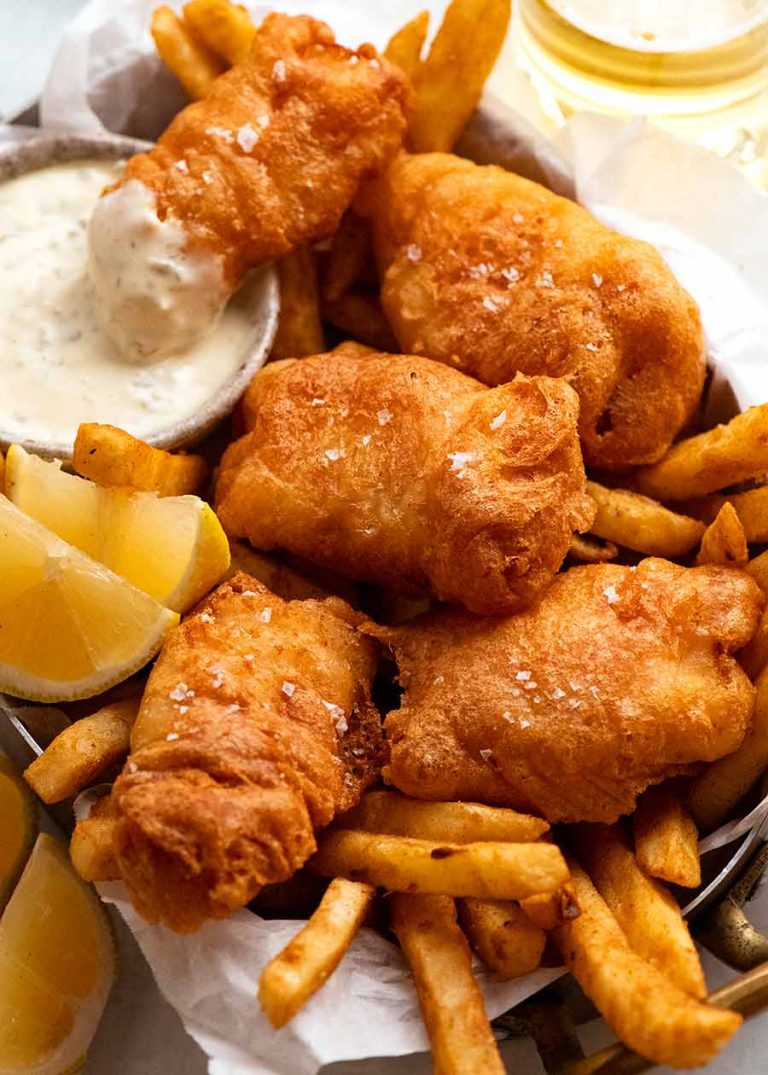Vietnamese Pickled Daikon Radish And Carrots: Recipe, Health Benefits & Serving Ideas
Vietnamese pickled daikon radish and carrots, commonly known as “Đồ Chua,” have origins deeply rooted in Vietnamese culinary traditions. Historically, pickling allowed for the preservation of vegetables, ensuring a steady food supply during off-seasons. Over time, this practice evolved, enhancing the flavors of many Vietnamese dishes.
Cultural Significance
In Vietnamese culture, Đồ Chua holds an essential place in daily meals and special occasions. You often find this condiment accompanying street food, such as bánh mì, spring rolls, and noodle bowls. Its presence symbolizes a balance of flavors, contributing to the harmonious qualities valued in Vietnamese cuisine. Additionally, Đồ Chua’s vibrant colors add aesthetic appeal, making dishes visually enticing.
Key Ingredients and Variations
Traditional Ingredients
Vietnamese pickled daikon radish and carrots, or “Đồ Chua”, typically include simple yet essential ingredients. Core components consist of:
- Daikon Radish: This large, white root vegetable offers a mild, slightly sweet taste, making it ideal for pickling.
- Carrots: Bright orange and crunchy, they add a touch of sweetness and vibrant color.
- Vinegar: Usually white vinegar is used for its sharp and clear taste.
- Sugar: Balances the acidity of the vinegar, creating the trademark sweet-tangy profile.
- Salt: Enhances overall flavors and aids in the pickling process.
Other usual additions are water for diluting the vinegar and sometimes garlic cloves for an extra layer of flavor.
Common Variations
Different regions and personal preferences lead to variations. These adapt the traditional recipe to suit various tastes:
- Spices: Incorporating spices like chili flakes or whole peppercorns can add heat.
- Vinegar Types: Rice vinegar or apple cider vinegar can be used for unique flavors.
- Sweeteners: Honey or rock sugar substitutes create different sweetness levels.
- Aromatics: Adding ginger slices or lime leaves can impart distinctive notes.
Such variations ensure that while the essence of Đồ Chua remains consistent, its flavors can be personalized to match diverse culinary needs.
The Pickling Process
Preparation Steps
First, gather your ingredients: daikon radish, carrots, vinegar, sugar, salt, and optional garlic cloves. Slice the daikon radish and carrots into matchstick pieces about 3 inches long and 1/8 inch thick. Place them into a bowl, then sprinkle with salt and toss. Let sit for 20 minutes to draw out excess moisture. Afterward, rinse the vegetables and drain thoroughly.
Next, prepare the pickling liquid. Combine equal parts vinegar and water with sugar in a saucepan. For traditional Đồ Chua, use 1 cup of water, 1 cup of white vinegar, and 1/2 cup of sugar. Heat over medium until the sugar dissolves but don’t let the mixture boil. Let it cool to room temperature.
Finally, pack the vegetables into sterilized glass jars. Pour the cooled pickling liquid over the vegetables, ensuring they are fully submerged. Seal the jars tightly and refrigerate. Pickling should take 24 hours for basic flavor development and up to several days for more intense taste.
Tips for Perfect Pickling
Use fresh, firm vegetables to enhance texture. Softer, older vegetables may become mushy.
Sterilize jars to prevent contamination. This ensures longer shelf life and safe consumption.
Adjust sweetness or acidity by modifying the sugar and vinegar ratio. Increase sugar for a sweeter pickle or vinegar for more tanginess.
Add aromatics like garlic, chilies, or coriander seeds for diverse flavor profiles.
Refrigerate pickles for optimal crunch. Room temperature might lead to softer textures.
Regularly check the pickles for quality, ensuring they don’t develop off-flavors or mold.
Health Benefits
Nutritional Information
Vietnamese pickled daikon radish and carrots offer a variety of essential nutrients. Daikon radish, for instance, contains high levels of vitamin C, providing a boost to your immune system. Carrots are rich in beta-carotene, which converts to vitamin A, supporting eye health. Additionally, both vegetables are low in calories, making them a healthy addition to your diet.
Caloric Information
| Daikon Radish (per 100g) |
Carrot (per 100g)
| ————- |
Calories
| 18 kcal |
41 kcal
Vitamin C
| 22 mg |
6 mg
Vitamin A
| 0 IU |
835 IU
Potential Health Advantages
Pickling daikon radish and carrots not only preserves these vegetables but also enhances their health benefits. The vinegar used in pickling can aid digestion by promoting the growth of good bacteria in your gut. This probiotic effect can improve overall digestive health and nutrient absorption.
Including pickled daikon radish and carrots in your meals can also help manage blood sugar levels. The fiber content in both vegetables slows down the digestion process, leading to more stable blood sugar levels. This can be especially beneficial for those monitoring their glucose intake.
Finally, the antioxidants found in daikon radish and carrots can combat oxidative stress in your body. These compounds neutralize free radicals, reducing your risk of chronic diseases like heart disease and certain cancers.
Serving and Pairing Ideas
Common Dishes and Uses
Vietnamese pickled daikon radish and carrots are integral to many traditional Vietnamese dishes. You see these pickles frequently in bánh mì, the popular Vietnamese sandwich. They add a crunchy texture and tangy flavor that balance the richness of meats and paté. Another common use is in gỏi cuốn, fresh spring rolls, where they enhance the taste and provide a delightful contrast to the soft vermicelli noodles and herbs. Your Vietnamese meals, such as bún thịt nướng (grilled pork with rice vermicelli), also benefit from these pickled vegetables, offering extra flavor and texture.
Creative Serving Suggestions
Elevate your culinary creations with creative serving ideas for Vietnamese pickled daikon radish and carrots. Try adding them to a salad for a vibrant, tangy twist that enriches the overall flavor profile. They complement fried rice dishes, adding a crisp element that contrasts with the softness of the rice. Mix them into your Asian-style tacos to provide a unique, zesty flavor not commonly found in traditional tacos. If you enjoy charcuterie boards, include these pickles for a refreshing, palate-cleansing bite between richer components like meats and cheeses.
Conclusion
Vietnamese pickled daikon radish and carrots, or “Đồ Chua,” offer a delightful blend of flavors and a wealth of health benefits. Incorporating these pickles into your meals can elevate both taste and nutritional value. Whether you’re enhancing a bánh mì, adding zest to a salad, or getting creative with Asian-style tacos, these pickled vegetables are versatile and easy to prepare. Embrace the rich cultural heritage and unique flavors of Vietnamese cuisine by making Đồ Chua a staple in your kitchen. Your taste buds and your health will thank you.





